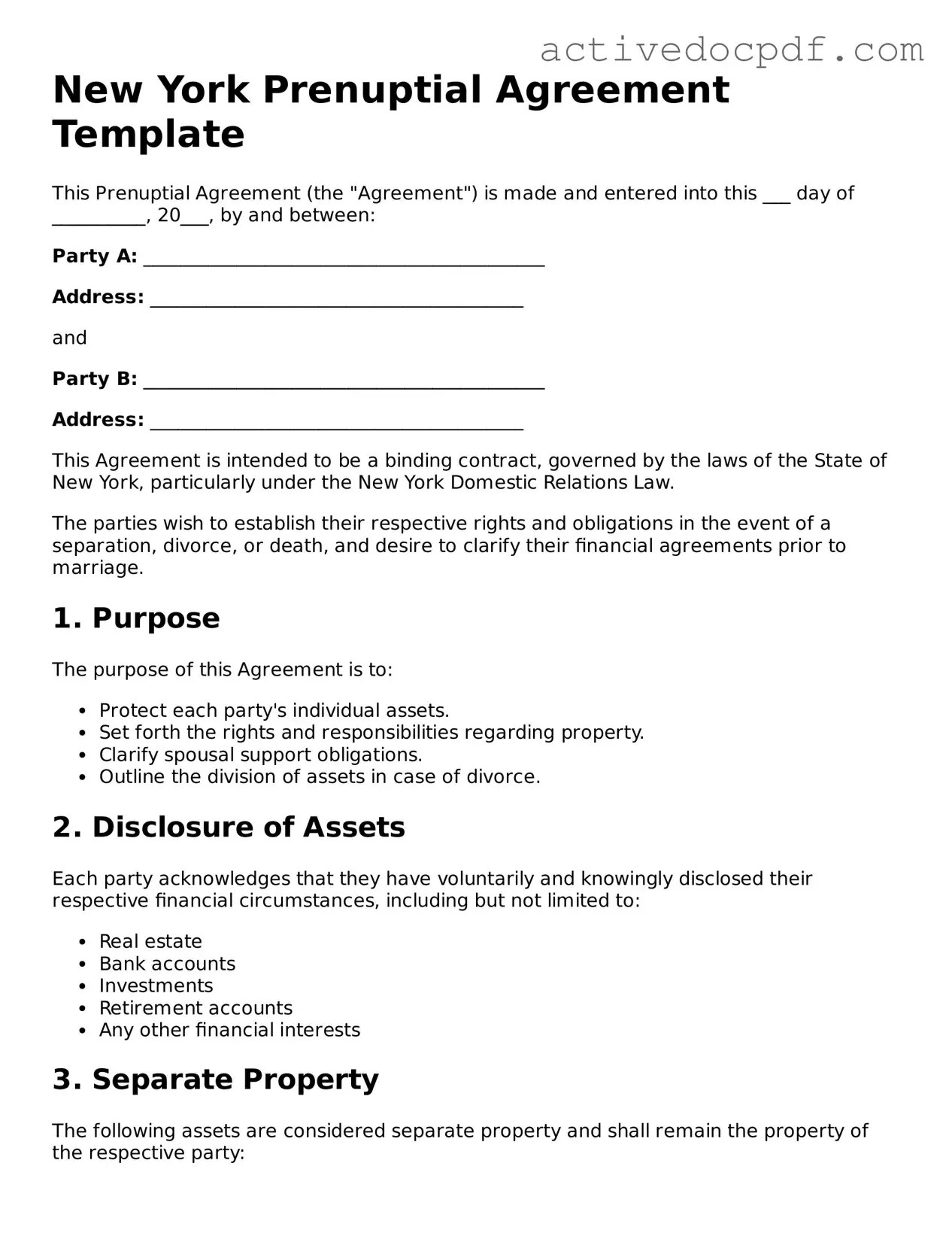What is a prenuptial agreement?
A prenuptial agreement, often called a prenup, is a legal document that couples create before getting married. It outlines how assets and debts will be handled in the event of divorce or separation. This agreement can help clarify financial expectations and protect individual interests.
Why should I consider a prenuptial agreement?
There are several reasons to consider a prenup:
-
To protect personal assets acquired before marriage.
-
To define financial responsibilities during the marriage.
-
To simplify the divorce process by outlining asset division.
-
To provide peace of mind for both partners.
Who should get a prenuptial agreement?
Anyone entering into a marriage may benefit from a prenuptial agreement. It is particularly advisable for individuals with significant assets, business ownership, or children from previous relationships. However, every couple can find value in discussing their financial future openly.
What can be included in a prenuptial agreement?
A prenuptial agreement can cover various topics, such as:
-
Division of property and assets.
-
Debt responsibilities.
-
Spousal support or alimony terms.
-
Inheritance rights.
-
Provisions for children from previous relationships.
Are there any limitations on what can be included?
Yes, certain topics cannot be included in a prenuptial agreement. For example, agreements regarding child custody and child support cannot be predetermined in a prenup. Courts typically want to ensure that any decisions made about children are in their best interests at the time of divorce.
How do I create a prenuptial agreement in New York?
To create a prenuptial agreement in New York, follow these steps:
-
Discuss your financial situation openly with your partner.
-
Consult with separate attorneys to ensure both parties understand their rights.
-
Draft the agreement, detailing all terms clearly.
-
Both parties must sign the agreement voluntarily.
-
Consider having the agreement notarized for added legal weight.
Can a prenuptial agreement be changed after marriage?
Yes, a prenuptial agreement can be modified after marriage. Both parties must agree to the changes, and it is advisable to document any modifications in writing. Just like the original agreement, changes should ideally be reviewed by legal counsel.
What happens if we don't have a prenuptial agreement?
If a couple does not have a prenuptial agreement, New York state laws will govern the division of assets and debts in the event of divorce. This may lead to outcomes that neither party anticipated or desired, making it essential to understand the implications of not having a prenup.
Is a prenuptial agreement enforceable in New York?
Yes, a prenuptial agreement is generally enforceable in New York, provided it meets certain legal standards. The agreement must be in writing, signed by both parties, and entered into voluntarily. If a court finds that the agreement was made under duress or is unconscionable, it may not be enforced.
How much does it cost to create a prenuptial agreement?
The cost of creating a prenuptial agreement can vary widely based on several factors, including the complexity of the agreement and the attorneys involved. On average, couples may expect to spend anywhere from a few hundred to several thousand dollars. Investing in legal advice can help ensure the agreement is valid and comprehensive.
